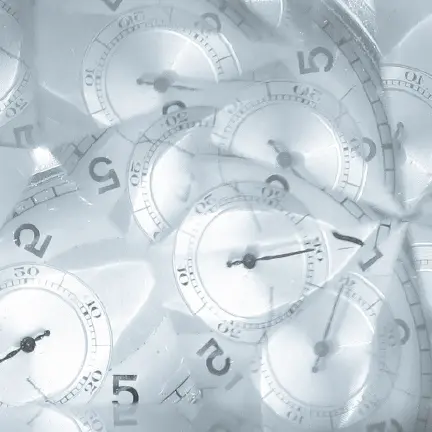Design

5 Inspiring Designs for Father's Day Emails
Get inspired by our roundup of Father's Day emails to create your own clever copy and dynamic designs so that readers will be sure to click on them.

Email Layout: How to Impress Your Client
A good email layout design will capture the attention of your busy subscribers—and make content easier to read. The right design will direct your focus to the content itself, not the structure holding it in place, and it should be simple, well-organized, and have an intuitive flow. Here, we share three types of email layouts, along with some pointers on how to pick the right one for different campaigns.

Email Drip Campaigns: Inspiring Design Tips
Email drip campaigns are part of a marketing strategy designed to stay connected with subscribers through a series of automated emails. They're like friendly reminders or little nudges that offer enticing content such as special discounts, limited-time offers, or free trials to subscribers who are usually new to a mailing list or inactive.

5 Email Newsletter Templates to Always Have
Designers use email newsletter templates not to make cookie-cutter emails, but to have a consistent, branded foundation. Email newsletter templates improve workflow efficiency and provide a framework for delivering well-designed emails that are always on brand.

3 Email Design Tips for Mother's Day
What's the best way to reach mom (and those giving mom gifts) on Mother's Day? It's email! Check out our tips for a better Mother's Day email campaign.

Email Design: 9 Best Practices for 2021
Can't find to remember where a best practices was explained? That's why we've compiled our list of top 9 email design best practices for you to have as a quick guide. So, next time that you press the "send" button on your next email campaign be sure to keep in mind these tips!

5 Creative Ways To Use Illustration In Email
Illustration can extend your visual brand. With infographics, icons, diagrams, and symbols, illustration can quickly and elegantly convey conceptual or abstract messages. Plus, illustration is a great way to delight readers and add beauty to email. Here are five creative ways to use illustration in email, with inspiration from brands doing it best.
Retail Email Design Inspiration: Unique Ways to Feature Products
Spring is here! The email designs we're seeing from retailers and ecommerce businesses reflects the freshness and newness of the season. We're inspired by the creativity, color, and clever copy we're seeing in retail email right now. Check out the best retail email design tips we gathered from messages showcasing products in unique ways.

Top 10 Email Design Tips from EEC 2016
Last week, top email marketers and strategists came together in New Orleans for the Email Evolution Conference 2016 (EEC2016). Through panel events, breakout sessions, and workshops, email marketers came together to trade advice, insights, tech, and trends for 2016. Missed it? Don't worry—we rounded up the top email design tips from the conference, straight from the participants themselves.

Top 5 Email Design Tips for Small Businesses
For small businesses, email marketing is a cost-effective way to boost sales, attract new clients, promote services, strengthen relationships, and a lot more. If only it were that simple! A huge step along the way? Actually making the emails themselves—with smart design. A well-designed email communicates visually, is easy to understand, looks great on mobile screens, and converts. If you're a small business, be sure you're implementing these email design tactics in your marketing strategy.

Tutorial: How to add a countdown timer in email
In this workshop we'll be showing you how easy it is to add a countdown timer in your email messages. Our tools for this workshop will be the new custom HTML block in the Beefree editor, along with a simple, free-to-use online tool that will generate the HTML for our countdown email timer.

Design Tips for Inspiring Easter Emails
Easter is arriving early this year on March 27th. Easter emails have already been popping up in our inboxes, and marketers are seizing the opportunity to bring good cheer, from deals and discounts to playful designs and clever messaging. End the hunt for eggcellent Easter emails—here's a selection of inspiring messages to get you excited about creating your own campaign!

Stay informed on all email trends
From the latest creative design strategies that inspire your next campaign to industry best practices and tech advancements, our newsletter is the go-to for all things creation.
Thank you! Your submission has been received!
Oops! Something went wrong while submitting the form.
By clicking Subscribe you're agreeing with our Privacy Policy